Color of berry skin Noir Sweetness of resulting wine Sweet | Species Vitis x Labruscana Origin United States of America Wine color Red Wine | |
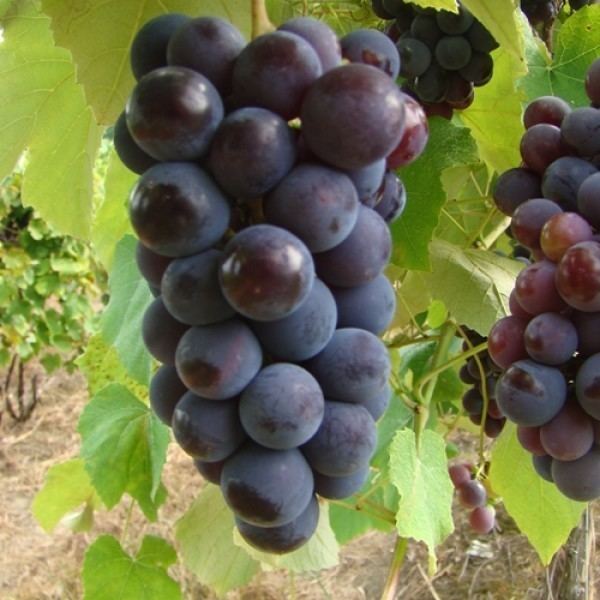 | ||
Also called Over 50 including; Alexander, Fragola & Izabella Similar Saperavi, Vitis labrusca, Rkatsiteli, Muscat, Grapevines | ||
The Isabella grape is a cultivar derived from the grape species Vitis labrusca or 'fox grape' which is used for table, juice and wine production.
Contents
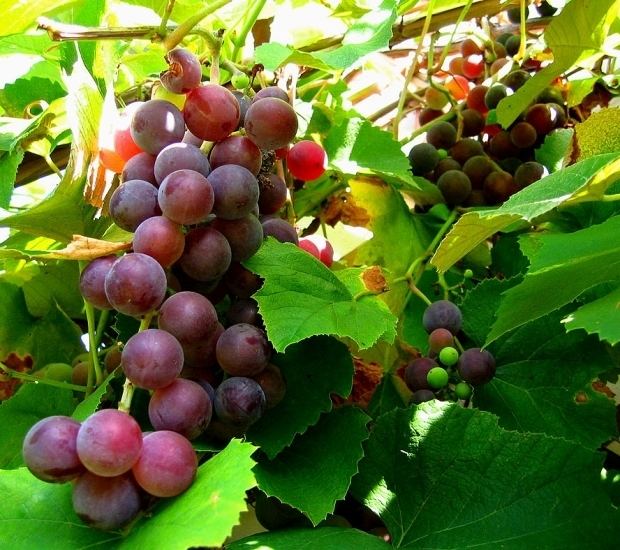
Appearance and use
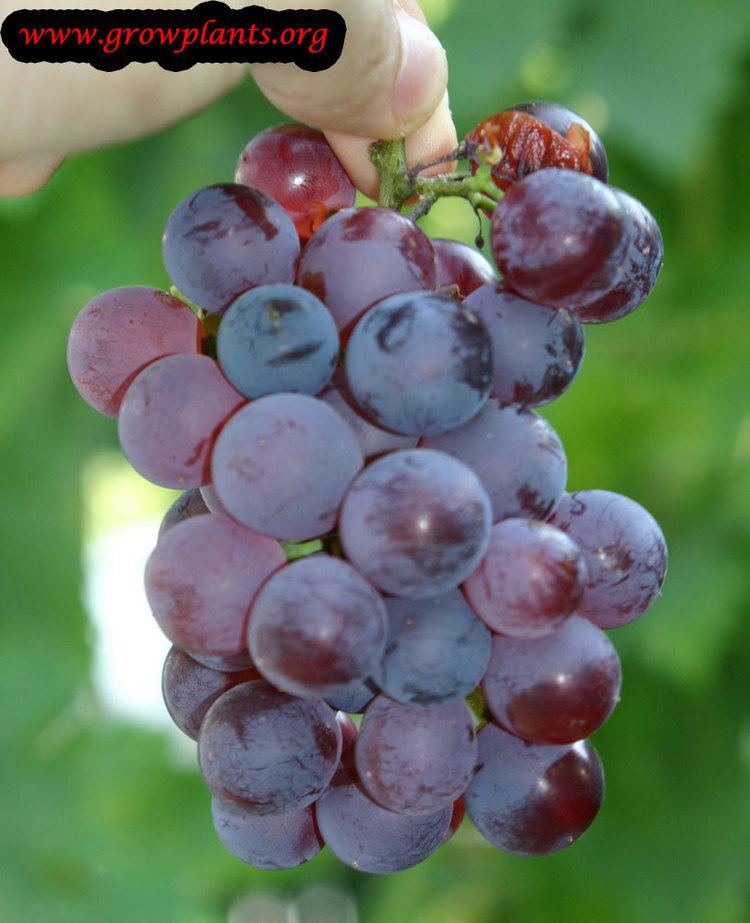
The skin of Isabella when ripened is a dark purple, almost black with a tender green-yellow flesh. It has large well formed fruit clusters with thick bloom. It is a slip skin variety, meaning that the skin separates easily from the fruit. The grapes are used to make wine, most notably Uhudler and Fragolino. The Isabella being of the genus Vitis x Labruscana imparts a "foxiness" to the wine and because of this is thought to be objectionable, therefore it is not seen as a grape capable of making fine wines. For the table the flavour is good though with the astringent tough skin and "foxy" aroma is objectionable for some tastes.
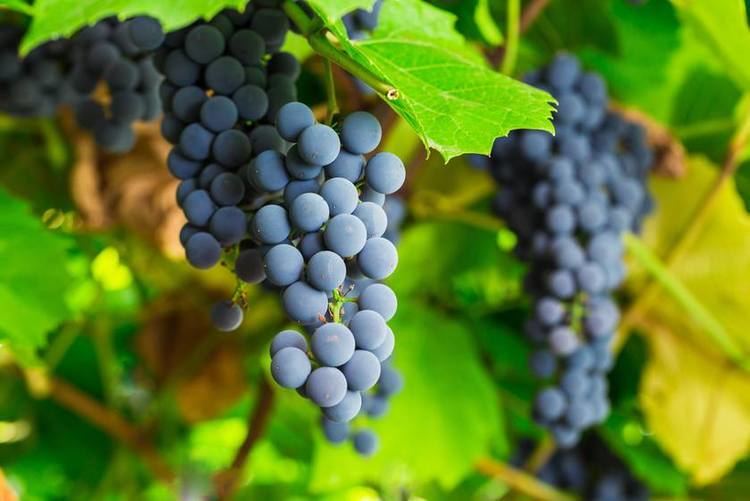
The deciduous vine is very easy to propagate. When the vine is bare of leaves in winter, it is good to prune the vine back by about one-third. Save the branches that are 15 cm long and pencil-thick. Cut straight across at the proximal end (nearest the root), and oblique at the distal end. Put a bundle of about 10 cuttings in potting mix, the flat ends down, and keep reasonable moist throughout winter. They will sprout leaves and roots in spring. Divide and plant out.
History
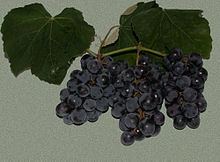
Isabella, although popularly classified as being of Vitis labrusca parentage, is almost certainly a cross with an unknown Vitis vinifera, illustrated by the susceptibility to mildew and black rot. It is thought that it resulted from random pollination when European Vitis vinifera grapes were attempted to be established in America. It was popularly thought to have been discovered by a Mrs Isabella Gibbs of South Carolina in 1816, however there is conflicting information with other sources stating it was found in Virginia, Delaware and Europe. Isabella vines were heavily imported into Europe in the early 19th century and it is said that it is probable that the phylloxera was introduced into Europe on the roots of Isabella — Isabella having a resistance to the phylloxera.
Modern history
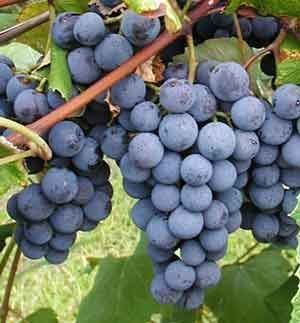
In the European Union, Isabella is no longer a commercially important grape as it produces poor wines due to its labrusca inheritance and new plantings were banned in France after 1934. As a high yielding grape capable of withstanding tropical and semi-tropical conditions, it has been planted in Portugal, Bali, Japan, and various locations in the southern hemisphere such as in Colombia and Brazil, where it is a leading grape variety. In the U.S. it is sparsely grown in New York State. due to its phylloxera resistance and its cold hardiness.
One of the most popular grapes in the former USSR, Isabella was brought to former Soviet nations of Georgia, Azerbaijan and Moldova from France through Odessa. That's one of the reasons this variety is also called Odessa among Georgians. Russian poet Osip Mandelstam had described Isabella as "fleshy and heavy like a cluster of night itself". Radeda, a dry red Abkhazian wine, is made from Isabella.
Isabella is also found on the south shore of the Black Sea in Turkey. The Pontic Greeks from Trabzon have used it for wine production named "zamura". The berries are known to be used for the production of Pekmez and the leaves for preparing Sarma.
Aliases
Isabella has over 50 aliases including: Albany Surprise, Alexander, Black Cape, Borgoña, Champania, Constantia, Dorchester, Fragola, Framboisier, Glippertjie, Glipdruif, Isabelle, Izabella, Odessa, Raisin De Cassis, Moschostaphylo, Kerkyraios,Tudum and Tzortzidika.
